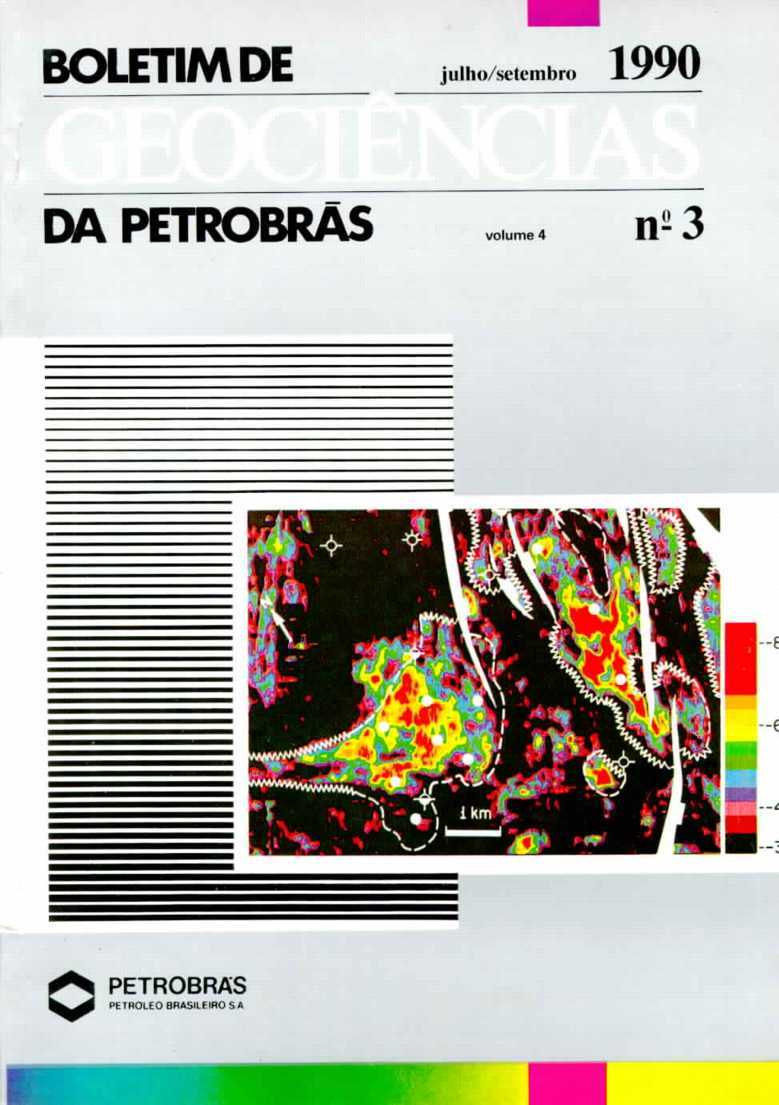Tectono-sedimentary evolution and the exploratory outlook in the Taubaté Basin, São Paulo, Brazil
Abstract
During Meso(?)/Cenozoic times, the São Paulo, Taubaté, and Resende basins were established in the region of the Atlantic Plateau, between the Mar and Mantiqueira mountain ranges. They were related to the stress field that gave birth to the southern Brazilian continental margin. The Taubaté, which is the most well developed of the three in tectono-sedimentary terms, has an approximate area of 2 500 km2 and a maximum depth to the basement of some 850 m. It consists of an elongated NE-SW-trending graben, influenced by the Precambrian structuring imprinted on the basement. At the foot of the Mantiqueira range, to the north, the basin is bordered by the Buquira transcurrent fault while to the south it is bordered by the Fartura High transcurrent fault seismic data acquired by PETROBRAs m mid·1988 indicate that the structural framework of the Taubaté is defined by two main c/asses of structural features: dextrorotatory transcurrent faults affecting the entire sedimentary section and trending longitudinally in the basin, and normal transverse faults, dividing it into six sub-basins known as: Parateí; Jacareí; Eugênio de Melo, Quiririm, Roseira, and Lorena. Seismic data have characterized the presence of two previously unknown depositional units, herein referred to as seismic units A and B. These are located stratigraphically below the Taubaté Group. Units A and B are bounded by a horizon that displays a high contrast in seismic impedance and that is interpreted as a diabase sill. The interpretation presented in this paper is pioneer as tar as seismic data on the Taubaté Basin.
Downloads
Published
Issue
Section
License
This license enables reusers to distribute, remix, adapt, and build upon the material in any medium or format, so long as attribution is given to the creator. The license allows for commercial use.




